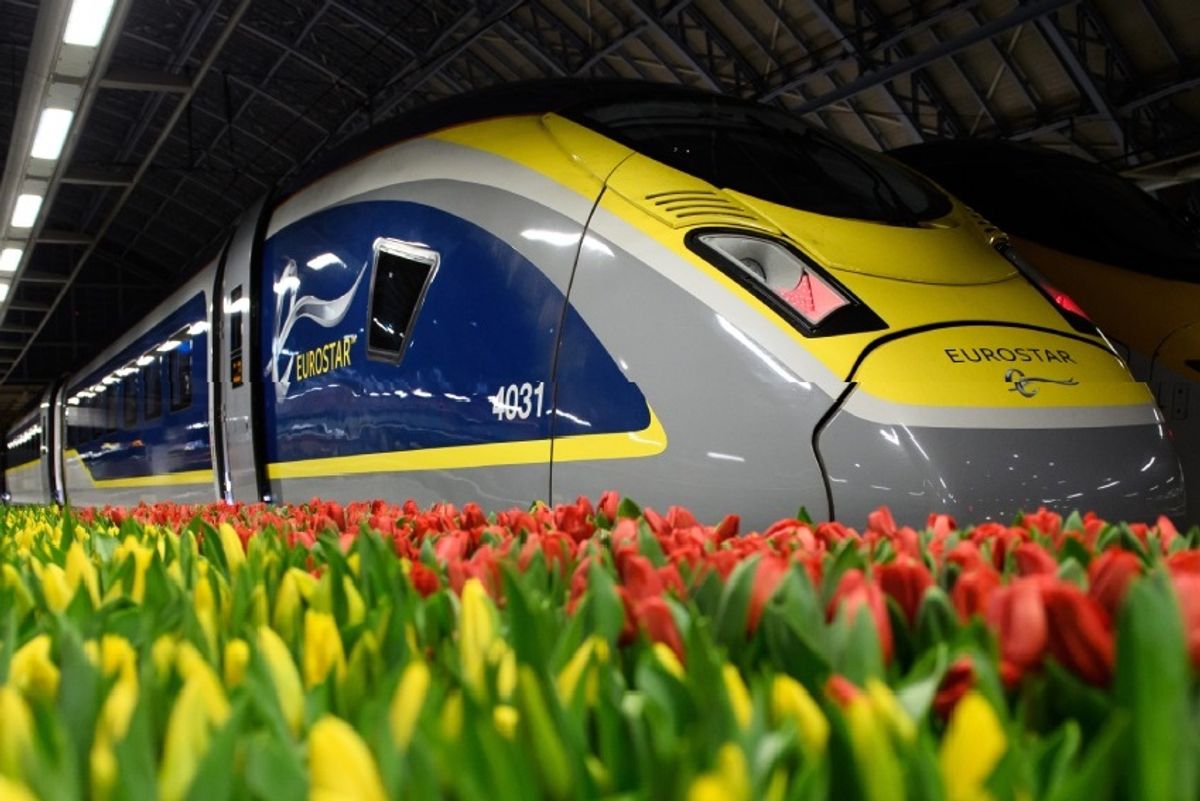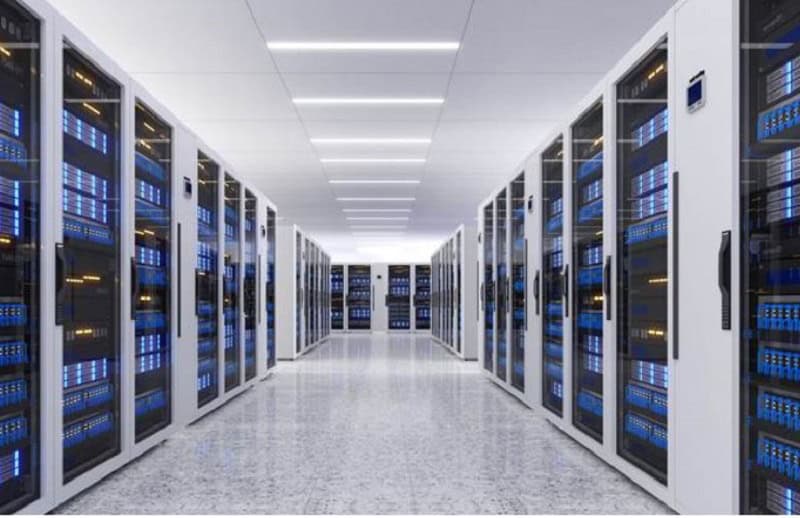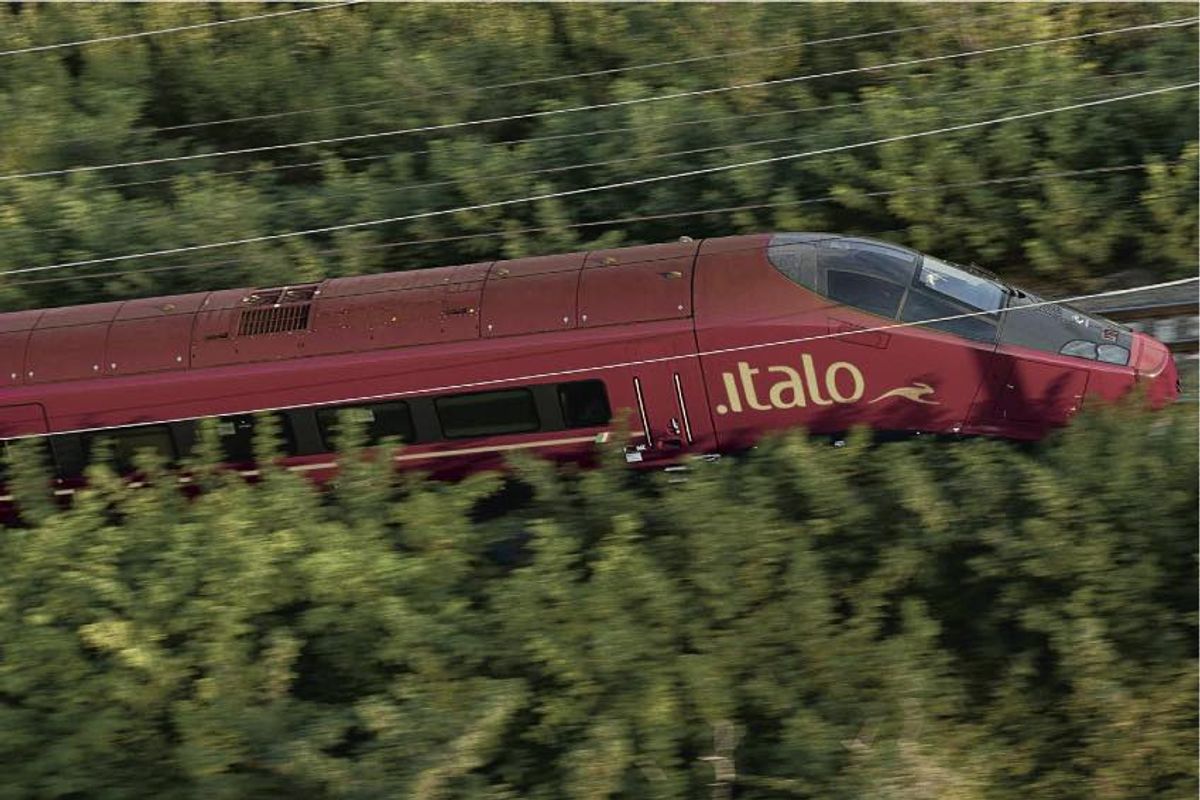Travel
Eurostar aims to power trains with 100% renewable energy by 2030

Eurostar has set the “ambitious” goal of powering all trains through 100 per cent renewable energy by 2030.
The international rail operator said in its first sustainability report that it aimed to achieve this goal by sourcing renewable energy through initiatives such as using solar projects to power trains, as well as minimising waste and utilising resources more efficiently.
Another key strategy will be through developing “open hubs” to connect Eurostar services to domestic rail networks and long-haul flights, such as its partnership with Dutch airline KLM.
Eurostar CEO Gwendoline Cazenave said: “This is a deliberately ambitious target. Eurostar wants to use its brand and commitment to accelerate change across the sector.
“To achieve our goal, we work closely together with our partners in each of our markets, we encourage regulatory support for the rapid deployment of new renewable energy projects.”
The operator’s sustainability initiatives include trains in the Netherlands already operating on 100 per cent wind power since 2017, while wind now accounts for 40 per cent of the power used for UK services. Eurostar is also looking at the installation of solar projects in Belgium to provide energy to run trains.
“Today, the transport sector accounts for 25 per cent of European greenhouse gas emissions, making sustainable high-speed rail a key solution to a quarter of Europe’s climate problem.”
In a further move, Eurostar is the first rail operator to join the RE100 alliance of companies, which are committed to sourcing all energy from renewable sources.
Ollie Wilson, head of RE100, said: “Eurostar is setting a global example and leading the way on renewables powering our rail networks. Eurostar now has the opportunity to draw on a global network of over 400 companies as it works towards 30 million journeys a year powered by 100 per cent renewable electricity by 2030.”










